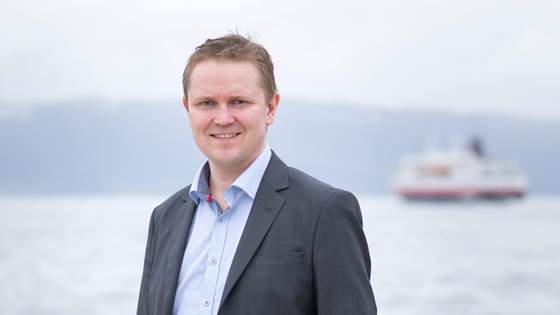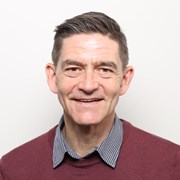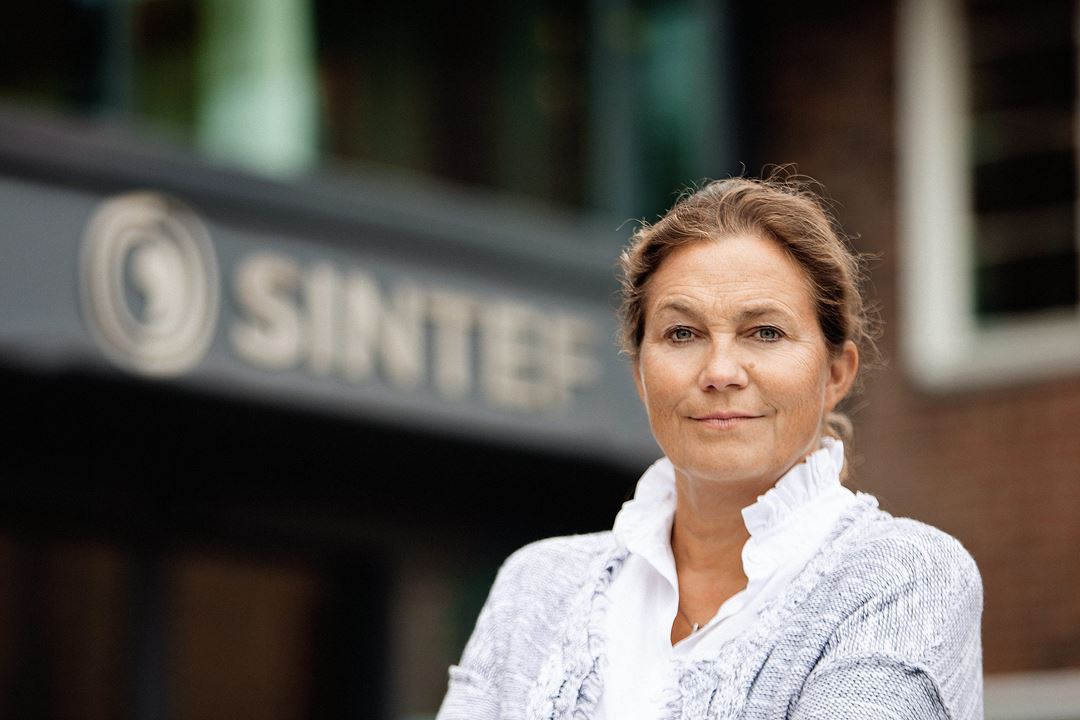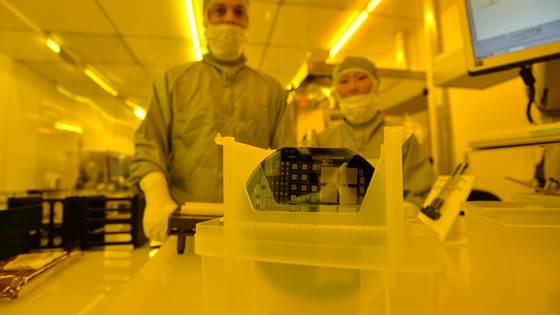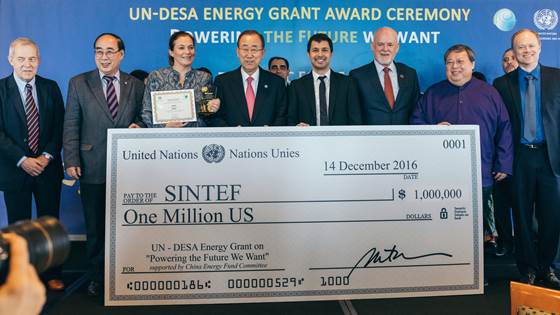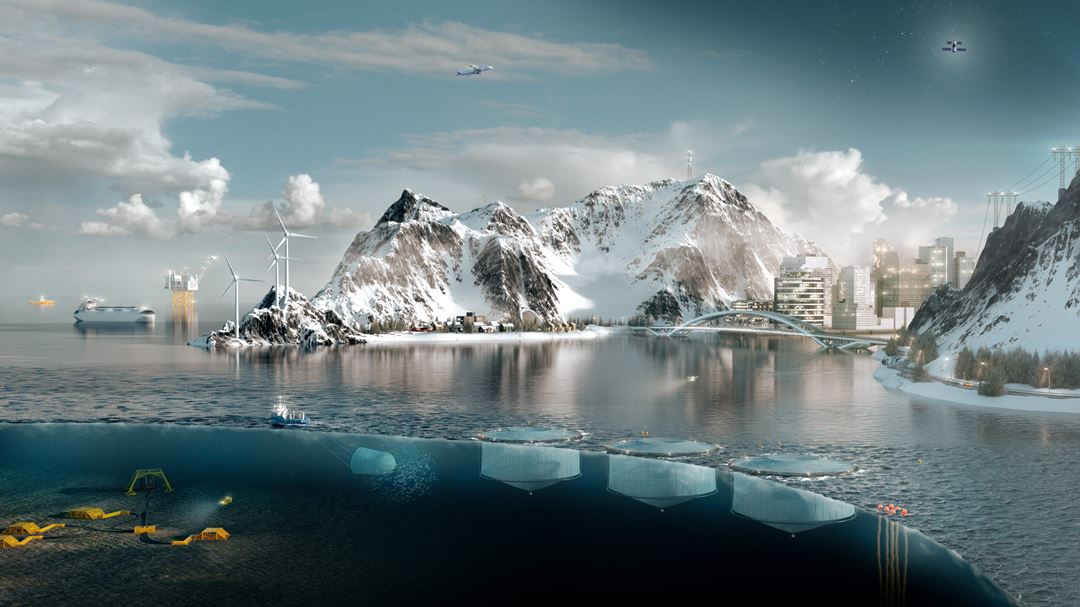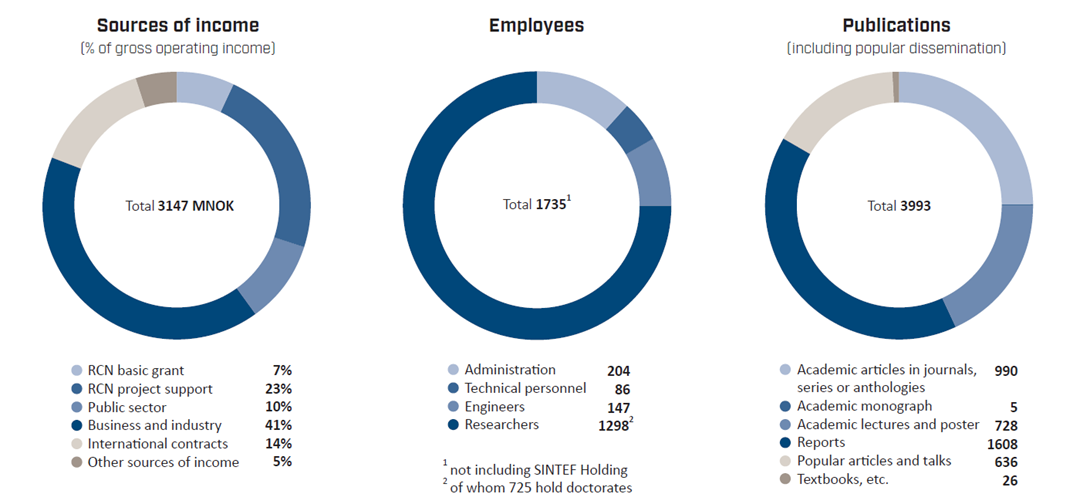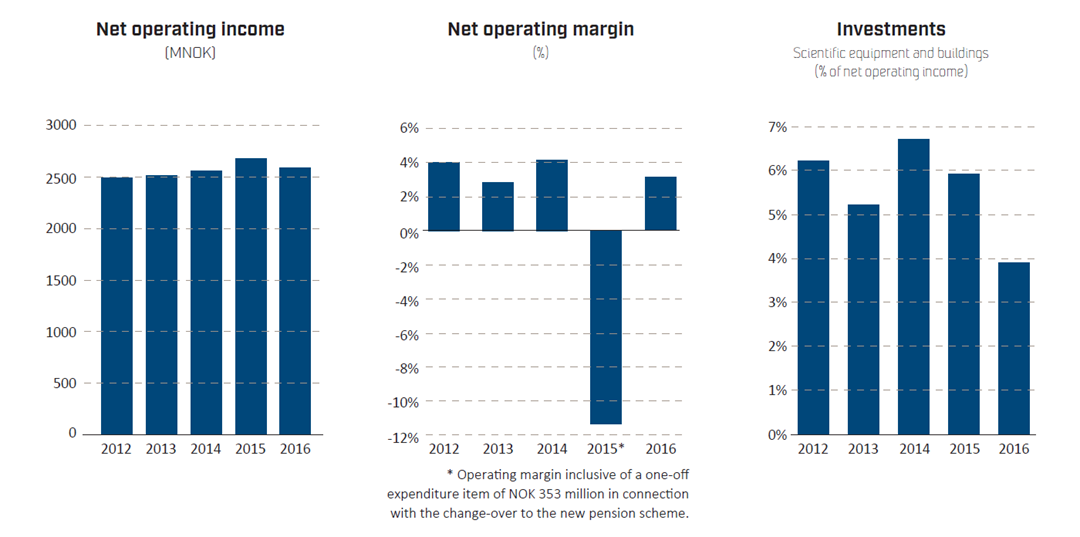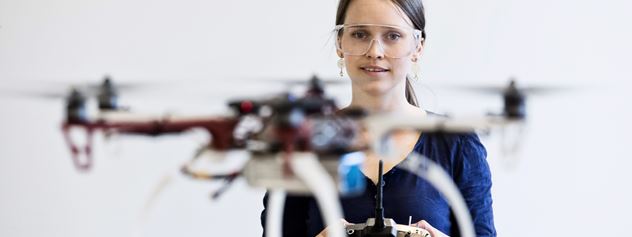Digitisation and the so-called green transition are powerful drivers of change worldwide. Not only in the field of technology, but also in connection with business models, communication and the way in which enterprises are run.
These changes are having a major impact on SINTEF – mainly because, as a research institute, our aim is to consolidate competitive competence during a period in which value generation in new sectors needs a boost if we are to replace declining future revenues from the oil, gas and traditional energy sectors.
But we also have to restructure our own organisation. In order to be able to invest in new research, laboratories, systems and expertise that will put us in a position to adapt to new business models and digital competition, we must continue to take steps to ensure that SINTEF is well managed and that it generates results, both in terms of research and profitability.
Following a very difficult year in 2015, our financial results are showing some improvement, but the situation is still unsatisfactory. In 2016 we have implemented key measures to reduce costs and promote efficient operations, and this will continue in 2017.
A major event in 2016 was the launch of the new institute SINTEF Ocean, which has merged much of SINTEF's ocean space research activities into a single and powerful entity. I am convinced that this will help Norway to consolidate its position as a world leader in the fields of marine and maritime research. Our ambition for 2017 is to take similar steps with the aim of consolidating our research activities linked to the oil and gas and process industry sectors.
In terms of research, 2016 has been a good year. One of the highlights was the creation by the Research Council of Norway of eight new Centres for Environmentally-Friendly Energy (CEERs). SINTEF is participating in all eight centres. SINTEF continues to be the Norwegian organisation that performs best in competition for EU research funding. This applies not least to technologies most closely linked to digitisation.
We saw a significant increase in activity linked to the launch of new enterprises based on ideas generated at SINTEF, and we currently own a promising portfolio of high-tech spin-off companies.
2016 was my first year as President and CEO at SINTEF. I am proud to lead an organisation that boasts such a broad diversity of highly skilled specialists, whom I see as willing to embrace change and committed to delivering results. By combining this expertise across the organisation under the "One SINTEF" banner, we can be even stronger in promoting our vision of "Technology for a better society".
